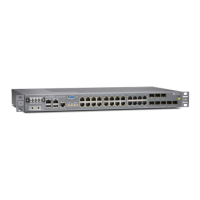Table 144: ATM show interfaces Output Fields (continued)
Level of OutputField DescriptionField Name
extensiveValues of the received and transmitted SONET overhead:
• C2—Signal label. This byte is allocated to identify the construction and content
of the STS-level SPE and for PDI-P.
• F1—Section user channel byte. This byte is set aside for the purposes of users.
• K1 and K2—These bytes are allocated for APS signaling for the protection of
the multiplex section.
• J0—Section trace. This byte is defined for STS-1 number 1 of an STS-N signal.
This bye is used to transmit a 1-byte fixed-length string or a 16-byte message
so that a receiving terminal in a section can verify its continued connection
to the intended transmitter.
• S1—Synchronization status. The S1 byte is located in the first STS-1 of an
STS-N.
• Z3 and Z4—These bytes are allocated for future use.
Received SDH
overhead
Transmitted SDH
overhead
extensiveSONET/SDH interfaces allow path trace bytes to be sent inband across the
SONET/SDH link. Juniper Networks and other router manufacturers use these
bytes to help diagnose misconfigurations and network errors by setting the
transmitted path trace message so that it contains the system hostname and
name of the physical interface. The received path trace value is the message
received from the router at the other end of the fiber. The transmitted path trace
value is the message that this router transmits.
Received path trace
Transmitted path
trace
extensiveATM state information:
• HCS State—Status of the header check sequence. ATM uses the HCS field in
the cell header in the cell delineation process to frame ATM cell boundaries.
The HCS is an FCS-8 calculation over the first four octets of the ATM cell
header.
• LOC—Current loss of cell (LOC) delineation state. OK means that no LOC is
currently asserted.
ATM Status
2479Copyright © 2017, Juniper Networks, Inc.
Chapter 42: Operational Commands

